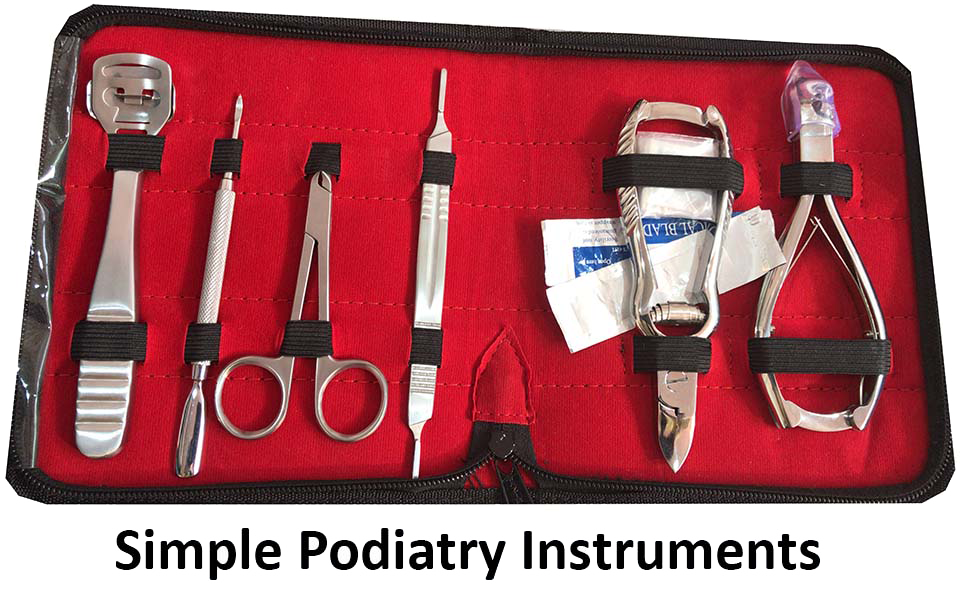Neuropathy Screening Products
One of the most overlooked of all serious complications of diabetes is cardiovascular autonomic neuropathy (CAN), which encompasses damage to the autonomic nerve fibers that innervate the heart and blood vessels, resulting in abnormalities in heart rate control and vascular dynamics. It also demonstrates that autonomic dysfunction can affect daily activities of individuals with diabetes and may invoke potentially life-threatening outcomes. Advances in technology, built on decades of research and clinical testing, now make it possible to objectively identify early stages of CAN with the use of careful measurement of autonomic function and to provide therapeutic choices that are based on symptom control and that might abrogate the underlying disorder.
The autonomic nervous system is subdivided into the parasympathetic and sympathetic components that work antagonistically to provide a very fine degree of control over their target organs. In general, the parasympathetic nervous system predominates during rest by slowing heart rate, lowering blood pressure, and promoting digestion. The sympathetic nervous system is responsible for mounting responses to physical and psychological stimuli.
The system uses ECG Cardio-Tachogram (R-R interval) and an advanced automatic NIBP (Non-Invasive Blood Pressure) module to conduct a battery of six tests. Being fully automatic, it eliminates the need for manual recordings, readings and calculations. These tests are done with patients' co-operation and the PC onscreen panel helps them to complete the tests successfully.
Parasympathetic :
Resting ECG : Resting HR
Deep Breathing :
• Coeff. Of Variation
• Expiration Inspiration Ratio
Supine to Standing :
• Coeff. Of Variation
• 30:15 Ratio
Valsalva Maneuver :
• Coeff. Of Variation
• Valsalva Ratio
Sympathetic :
Postural Hypotension :
• Resting BP
• BP immediately after standing
• BP after standing 1/2/3 minute
• Fall in Systolic BP
Sustained Handgrip :
• Resting BP
• BP after sustained handgrip
• Increase in Diastolic BP
Final Interpretation :
• Parasympathetic Function
Send Message



